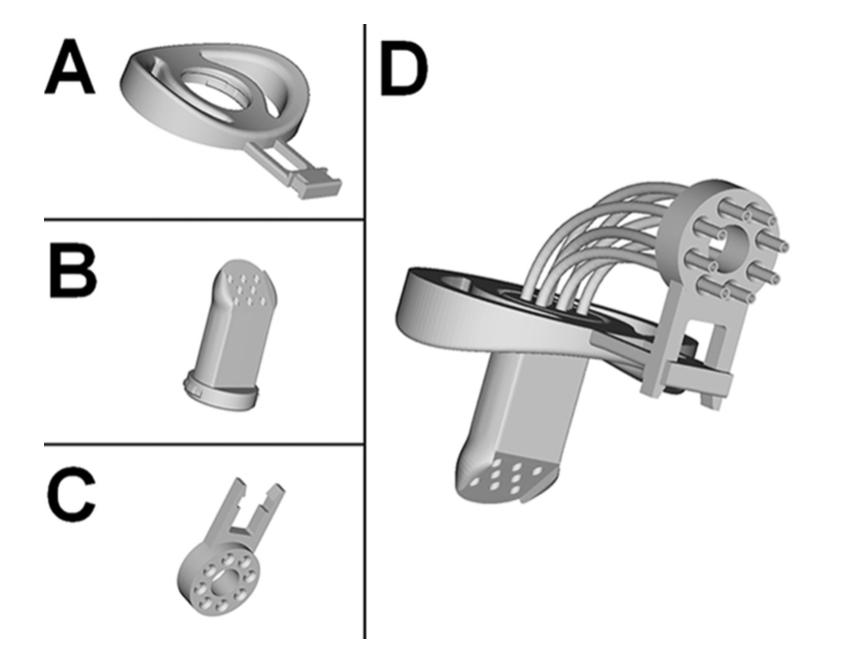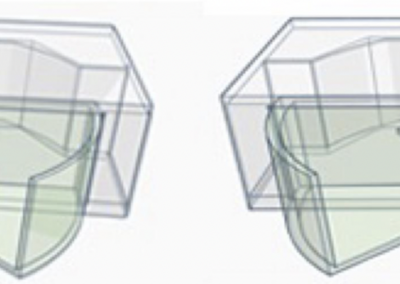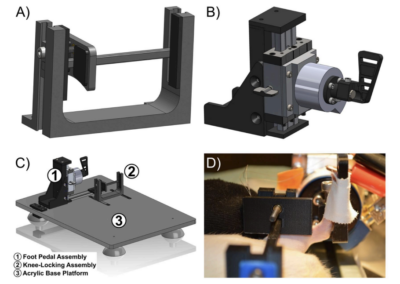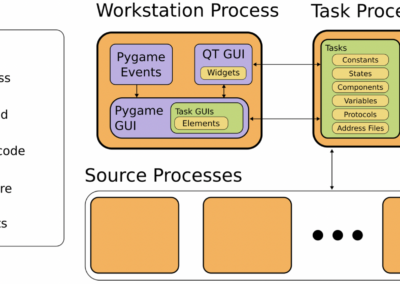3DP Gustometer
Dr. David Muñoz Tord and colleagues at the Swiss Center for Affective Sciences developed a 3D-printed mouthpiece that is modeled after a children’s pacifier. This mouthpiece is used, in conjunction with a fMRI-compatible customer, to deliver up to eight liquids during a fMRI task. This 3D mouthpiece with fMRI-compatible gustometer can be utilized to study flavor, taste reactivity, reward/punishment with food, conditioning, and neurodegenerative conditions such as Alzheimers and Parkinsons, since taste and smell senses diminish early into disease acquisition. Data collected through fMRI can be analyzed in MATLAB’s SPM12 and R, two open source softwares utilized for imaging data analysis. This tool is great for future gustatory studies because the mouthpiece is inexpensive to print, accommodates liquids of any viscosity, and fits all current fMRI-compatible gustometers. Dr. David Muñoz Tord, who is also a part of We Data which shares free educational content about computer science topics, put the mouthpiece design along with preprocessing and data analysis code on his Github so his methods can be replicated easily.
This research tool was created by your colleagues. Please acknowledge the Principal Investigator, cite the article in which the tool was described, and include an RRID in the Materials and Methods of your future publications. RRID: SCR_025010
Special thanks to Alexandra Kauffman, a neuroscience undergraduate at American University, for providing this project summary.

Access the code from GitHub!
Check out the repository on GitHub.
Read more about it!
Check out projects similar to this!






